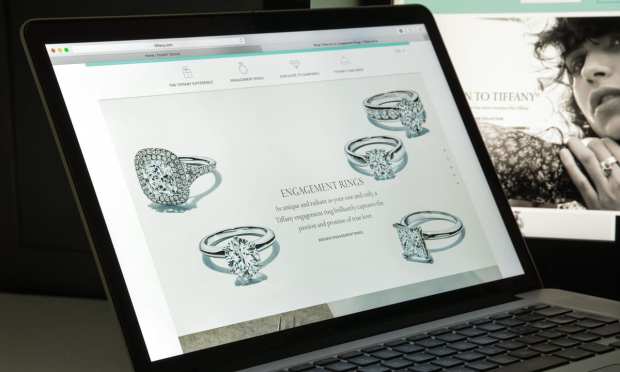Luxury Retail’s 2020 Journey Goes From Up To Down To East And Online

If you happen to be sitting on an extra $200,000 and are looking for a special gift for that certain someone, you’d better hustle over to the Luxury Week online auction at Christie’s and place your bid for the “rare and exceptional” diamond- and gold-encrusted crocodile Birkin bag before it’s gone.
The auction comes as the pursuit of the super-affluent shopper has never been more aggressive or mainstream. Luxury and high-end retailers have gone from plunging sales – and, in some cases, bankruptcy – earlier this year to cautiously optimistic forecasts of a China-led rebound in expensive designer goods. And many are embracing the same eCommerce shift that mass-market chains like Walmart are using.
Big Gains in China
More times than not, the quest for high-end consumers’ cash is pointing to Asia – and to China in particular. The Asian nation is bucking the global decline in luxury sales this holiday season, eking out respectable double-digit percentage gains. China is en route to what is forecast to soon be a 40 percent share of the luxury market, up from 33 percent today.
“Chinese consumers are increasingly attentive to the values of a luxury brand, especially the three younger generations,” according to a recent report by Mazars, which said half of the high-end market in the country is less than 30 years old.
The Mazars report also called China’s luxury market complex, noting the “different values, economic backgrounds and generations driving decision-making,” as well as the increased importance of “where brands are going” rather than where they’ve been as the key driver of future sales.
“Over the coming years, [brands] will have to create immersive experiences – online and offline – if they want to build their reputations and secure customer loyalty, while facing fierce competition locally and internationally,” Mazars said.
Amazon and Alibaba Take on Legacy High-End Brands
The global competition for luxury consumers currently consists of every legacy luxury brand – either individually or via partnerships – slugging it out against the mighty and determined new kids on the block, Amazon and Alibaba.
After modest attempts to sell luxury over the past few years, Amazon upped its game in September with the launch of a dedicated high-end store. Unsurprisingly, competitors have taken note.
“Amazon has been trying to up its sexiness factor, with some of fashion’s biggest names, including Rihanna and Bella Hadid, appearing on Amazon Prime Video,” the South China Morning Post, which is owned by Alibaba, declared last week.
But as Amazon refines its experience for high-end consumers to differentiate it from the one-click mass-market approach that has supported its rise and dominance, Alibaba is hardly standing still. Instead, Alibaba is moving to solidify its grip on the burgeoning luxury market in its own backyard.
Recent Alibaba online milestones include its eye-popping $74 billion Singles’ Day haul in early November that saw it processing 583,000 orders per second. While luxury goods made up only a small portion of that, it’s clear that the Chinese consumer is fully comfortable making purchases online, and that Alibaba’s own efforts to meet local demand for luxury are well-positioned.
To that point, In October Alibaba and Richemont formed a global strategic partnership to launch a luxury retail platform for Chinese consumers that provides nearly 1,000 brands with enhanced access to the fast-growing Chinese market.
“Whoever dominates China’s luxury eCommerce will be master of the universe,” the Foundation for High Horology predicted.
